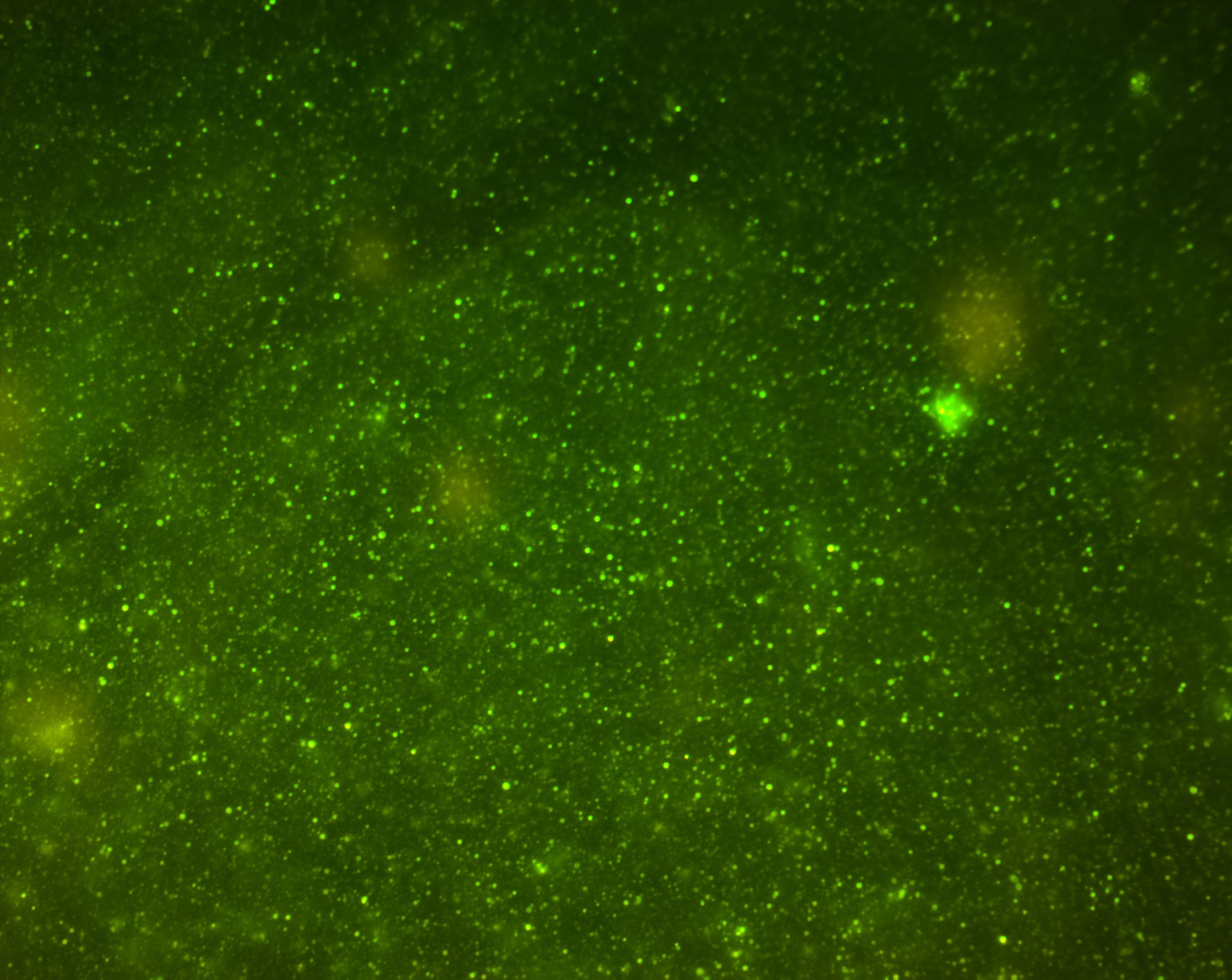A Theoretical Study Unveils the Excited State Behavior of Novel Triazole Pyrimidine Group Fluorophores: Insights into ESIPT or ICT Mechanisms
A theoretical study explores the excited state behavior of triazole pyrimidine group fluorophores, revealing insights into their fluorescence mechanisms and the absence of excited state intramolecular proton transfer (ESIPT). The findings contribute to the understanding and potential applications of these fluorophores in various scientific disciplines.
Fluoropurine analogues, a class of unnatural bases, have found widespread use in various scientific disciplines, including chemistry, biology, and pharmacy. Among them, fluoropurine analogues of aza-heterocycles have gained significant attention in medicinal research and development. In a recent study, researchers conducted a comprehensive investigation into the excited state behavior of a novel group of fluoropurine analogues known as triazole pyrimidinyl fluorophores (1). The results revealed intriguing insights into the fluorescence mechanisms, specifically whether they involve excited state intramolecular proton transfer (ESIPT) or intramolecular charge transfer (ICT).
Micrography, microphotography of vesicles, particles or green fluorescent cells for scientific research, taken under a high-tech microscope. Fluorescence of curcumin and other fluorophores of interest | Image Credit: © DavidBautista - stock.adobe.com

Excited state intramolecular proton transfer (ESIPT) and intramolecular charge transfer (ICT) are phenomena occurring in molecules upon excitation. ESIPT involves the transfer of a proton within the same molecule, affecting its structure and emission behavior. ICT involves electron density redistribution, leading to changes in charge distribution and optical properties. Both processes are important for fluorescence properties, with ESIPT relying on proton transfer through hydrogen bonding and ICT involving electron redistribution between groups or moieties. Molecular structure, environment, and solvent effects influence ESIPT and ICT, making them crucial for designing functional molecules and materials.
Through meticulous analysis of reaction energy profiles, the research team established that the occurrence of ESIPT is highly unlikely within these fluorophores. This finding was further substantiated by experimental data obtained from fluorescent spectra. Consequently, the study proposed a novel fluorescence mechanism based on these observations, indicating that the large Stokes shift observed in the triazole pyrimidine fluorophores can be attributed to an ICT process occurring in the excited state.
The implications of this discovery are significant for the practical applications of these fluorescent compounds in diverse fields and the regulation of their fluorescence properties. By elucidating the underlying excited state behavior and fluorescence mechanisms, this theoretical study provides valuable insights that can inform the design and optimization of fluoropurine analogues for enhanced performance in various scientific and technological applications. Moreover, the findings contribute to a deeper understanding of the fundamental principles governing the behavior of aza-heterocyclic fluorophores, facilitating their development as versatile tools for fluorescence-based research and diagnostics.
The theoretical study conducted by Wenze Li and colleagues at Shenyang University of Chemical Technology and published in the journal Spectrochimica Acta Part A: Molecular and Biomolecular Spectroscopy, sheds new information on the photophysical properties of triazole pyrimidinyl fluorophores, offering a fresh perspective on their excited state behavior (1). With further experimental validation and exploration, these insights could pave the way for the advancement of novel fluoropurine analogues and their applications in fields such as sensing, imaging, and molecular diagnostics.
Reference
(1) Lv, M.; Gao, Y.; Cai, Z.; Tang, Z.; Zhang, Y.; Wang, T.; Li, W. A theoretical study on the excited state behavior of a series of novel triazole pyrimidine group fluorophores: ESIPT or ICT. Spectrochimica Acta Part A: Mol. Biomol. Spectrosc. 2023, 297, 122706. DOI: 10.1016/j.saa.2023.122706
New Fluorescence Model Enhances Aflatoxin Detection in Vegetable Oils
March 12th 2025A research team from Nanjing University of Finance and Economics has developed a new analytical model using fluorescence spectroscopy and neural networks to improve the detection of aflatoxin B1 (AFB1) in vegetable oils. The model effectively restores AFB1’s intrinsic fluorescence by accounting for absorption and scattering interferences from oil matrices, enhancing the accuracy and efficiency for food safety testing.
Tracking Molecular Transport in Chromatographic Particles with Single-Molecule Fluorescence Imaging
May 18th 2012An interview with Justin Cooper, winner of a 2011 FACSS Innovation Award. Part of a new podcast series presented in collaboration with the Federation of Analytical Chemistry and Spectroscopy Societies (FACSS), in connection with SciX 2012 ? the Great Scientific Exchange, the North American conference (39th Annual) of FACSS.
New Fluorescent Raman Technique Enhances Detection of Microplastics in Seawater
November 19th 2024A novel method using fluorescence labeling and differential Raman spectroscopy claims to offer a more efficient, accurate approach to detect microplastics in seawater. Developed by researchers at the Ocean University of China, this method improves both the speed and precision of microplastic identification, addressing a key environmental issue affecting marine ecosystems.